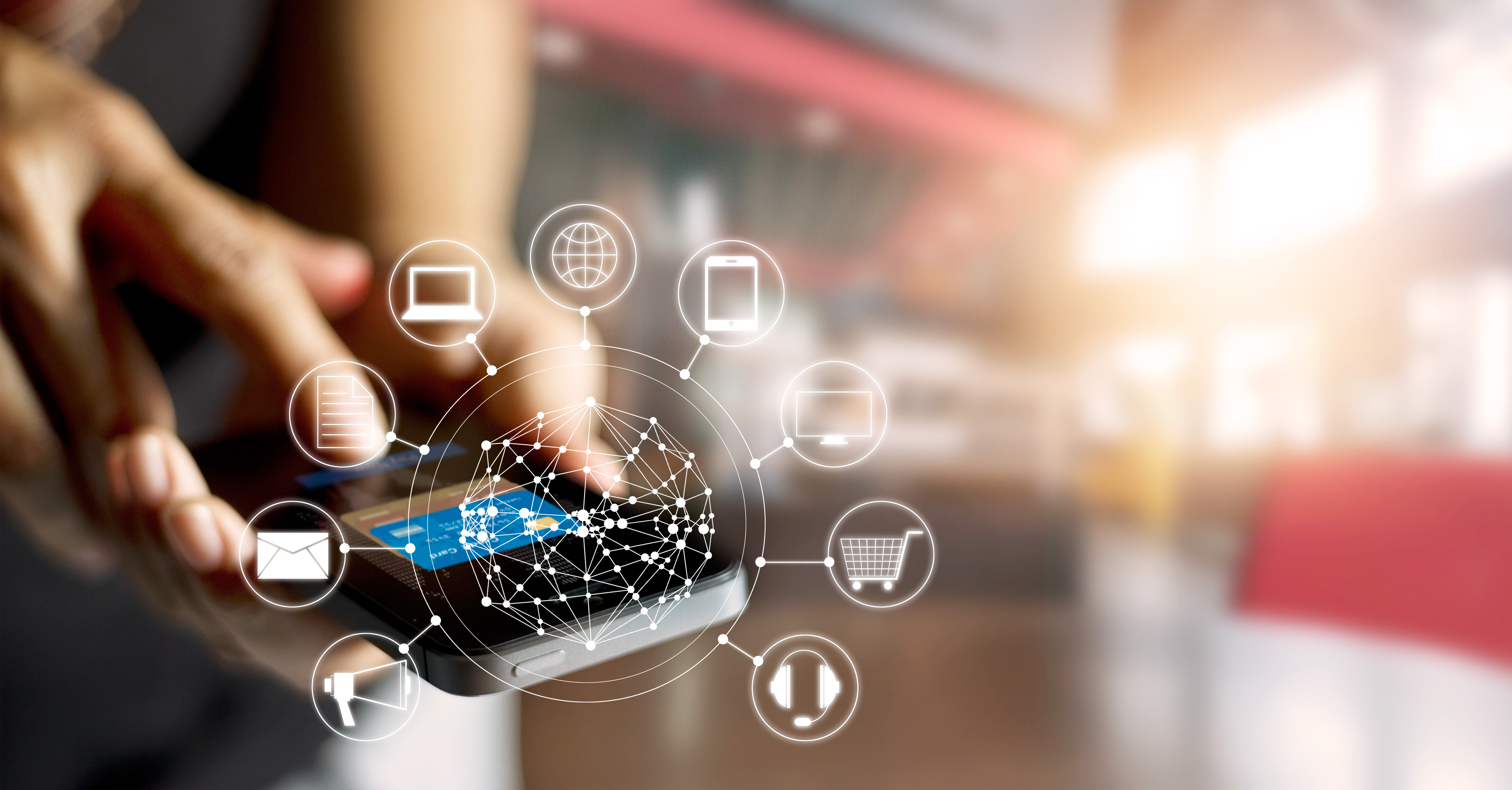
The payments industry continues to evolve and create innovative solutions that are geared towards enabling businesses to reach more customers, and to facilitate seamless payments.
Through technology advancement, it is easier to access and send funds, as well as run business operations safely and easily. The growth of payments represents a great opportunity for businesses. In this article we speak about payment trends to watch out for in 2020.
Digital transformations the world over have made processes easier and faster to accomplish. In a bid to enable less person to person contacts; businesses are adapting digital invoicing tools that will make it easier for their customers to pay. With a digital invoicing tool your business can send personalized e-invoices and get paid in minutes.
Digitizing the invoicing process enables you to send multiple e-invoices and reduce your paperwork and printing costs. On the other hand, it increases your efficiency by ensuring that all your collections are on track.
Digital banking is quickly being integrated to people’s daily lives as it is found to be more convenient. There is an opportunity for banks to tap into the digital space as more and more people bank online. Previously, this was mainly a consumer banking move. However, over time, merchants are shifting to digital formats through the help of Payments Service Providers. Payment service providers such as Pesapal offer merchants a variety of options through which they can get paid by their customers. Merchants can get paid through Visa, Mastercard, American Express and mobile money options. All these through the merchant accounts that they create when requesting for the service.
This is the use of technology to simulate human intelligence to perform certain functions. As the payments industry grows, the fraud risks continue to rise for retailers who accept digital payments. Digital businesses are increasingly turning to AI to help them make faster and better decisions when it comes to approving legitimate transactions and rejecting fraudulent ones. Fraud has become more complex hence companies are relying on machine learning to mitigate fraudulent activities. AI helps businesses increase sales and revenue by enabling them accept more orders as well as lower fraud operations’ costs by reducing charge-backs and manual review rates.
This revolves around blending payments functionality with the software that a business uses to facilitate an enjoyable user journey - from the moment of purchase to the after-sales service. Merchants are looking for the best ways in which they can make the customer journey as efficient as possible. The goal is to look for solutions that will help establish loyal, on-going relationships with their target customers so as to facilitate full cycle interactions. True value will be attached by a customer from the moment they find you, how they discover what to buy, and the kind of service that you offer them.
Many companies are now jumping onto this trend of passing money without cash. These services link directly to end user bank accounts, debit or credit card information. As soon as the transaction is made, money is withdrawn from the account and sent to the receiver’s account. Payments are made easier just through the click of a button. Businesses are maximizing on this trend by creating their own apps to compliment this technology. Pesapal has the Pesapal Mobile app that is primarily used by consumers to pay their bills & utilities. The app is also used for Visa QR payments.
This is an identification method which involves biological and structural characteristics of a person. Some of the methods used include: fingerprinting scanners, facial recognition, iris recognition, heartbeat analysis and view mapping. With the increase of fraud and identity theft, bio-metric authentication is a reliable and secure option for all the digital payments that take place in 2020. It is a unique and important method as it provides accuracy, efficiency, and security under a single package.
According to a report by RetailDive, around 2.1 billion customers are using mobile wallets in 2019. A mobile wallet is a mobile application that simulates a physical wallet. It enables users to send money to other users, receive money and store money inside the wallet. Through a mobile wallet a user can pay utility bills, buy event tickets, get rewards and many more. Mobile wallets help companies to easily gain insights to a customer's usage trends.
Pesapal has the Pesapal Mobile app that aggregates payments for essential and leisure services. With the app, one can pay bills such as electricity, Tv & Internet, buy airtime, Scan & Pay for products, buy event tickets, book holidays and pay for flight tickets.